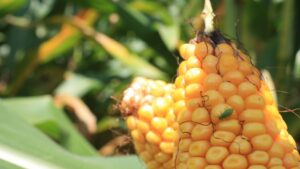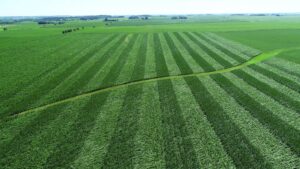By my estimates, the average seed corn carryover level as a percentage of sales has been nearly halved in the last decade. Is this level ideal for managing costs, or is it too low to weather a supply disruption?
To understand how we arrived at the current inventory level, let’s rewind to 2011. Following banner years in 2008 and 2009, the 2010 seed corn production crop was a bit off target. High temps and isolated moisture stress had a negative impact on yields in a few seed corn production areas. The overall impact wasn’t too bad and seed companies sourced a bit more of their sales from carryover. The weather for the 2011 crop production season was similarly hot, but the dryness was more mid-spread. Yields suffered across much of the Corn Belt and counter-season production was expanded to help fill in the inventory gaps. Then the drought of 2012 arrived. The best way to describe the impact was that it was a great year to paint the warehouse floors! Despite record counter-season production, U.S. seed inventory was near zero.
The reaction in 2013 was incredible. Seed companies planted a record U.S. crop and set the counter-season record for the second year in a row. The 2013 weather reversed the three-year trend of hotter and drier and delivered one of the highest-yielding seed corn crops of all-time. Combined with a way-more-than-capacity counter-season crop, the 2013 crop stuffed U.S. seed company warehouses for years.
The subsequent growing seasons have seen consistent yields, excellent seed quality and very little in the way of major weather disruptions. In response, seed companies have become comfortable running historically low carryover levels. Additionally, the pace of new GMO traits has slowed from the peak in the late 2000s. Hybrid life-cycles have been extended from 3-4 years to 5-10. Non-quality obsolesce is at its lowest level in more than a decade.
The industry seems to remember the burden of the 2013 inventory (there’s probably some still in your warehouse!), but it seems to have forgotten 2010-2012.
It’s worth considering in 2021, with renewed predictions of a dry summer, just how tight should your inventory actually be? Is your company’s current strategy based solely on 2013-2020? What elements of 2010-2012 should be considered?
We’ve all benefited from a nine-year run of good seed corn yields, strong quality and reduced hybrid turnover. But we should also be keenly aware of changing weather patterns. The streak of good seed yields won’t last forever.









